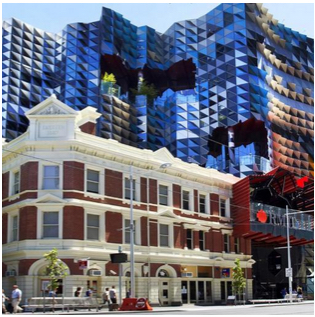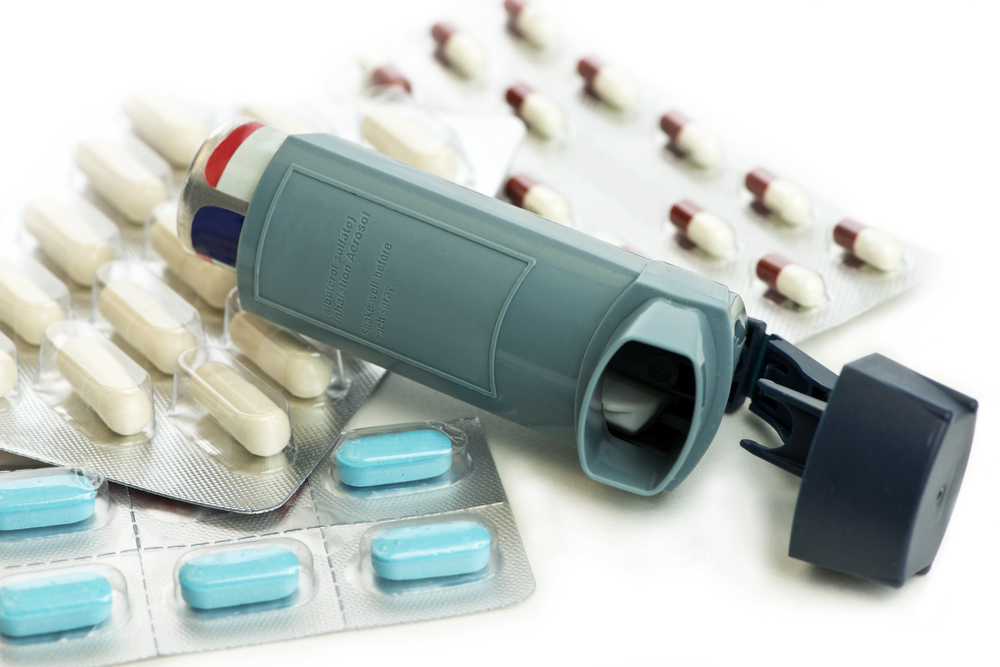Researchers at Melbourne, Australia based RMIT University have developed a revolutionary new nebulizer design they believe could one day deliver life-saving cancer drugs and vaccines traditionally administered by injection. Nebulizers are drug delivery devices used to administer medication in the form of a mist inhaled into the lungs.
Cheap, light-weight and portable, the advanced “Respite” nebulizer is designed to deliver precise doses of medications to patients with life-threatening or debilitating lung conditions including cancer, tuberculosis, asthma and cystic fibrosis. However the Respite nebulizer also has potential to be used for administering insulin to people with diabetes or to painlessly vaccinate infants who are currently subjected to needles.
The patented technology is among 10 RMIT-developed technologies that have been showcased in Singapore this week at the TechInnovation 2015 industry-to-technology event there. (September 22-23).
Professor of Chemical Engineering and an Australian Research Council Future Fellow Leslie Yeo, Director of RMIT’s MicroNanophysics Research Laboratory, says the Respite technology has has enormous potential to revolutionize how patients are treated with drugs, particularly for people with lung cancer people with lung cancer whose poor survival rates have stayed stable despite significant therapeutic advances in recent years with the five-year lung cancer survival rate hanging around 15 percent despite significant therapeutic advances achieved in recent years. He notes that currently, there are no personalized delivery devices for inhaled cancer drugs to improve these clinical outcomes, and commenting: “Our nebulizer addresses this gap as a low-cost and convenient yet efficient method of delivering oncolytics directly to the lungs, potentially revolutionising the treatment of lung cancer.”
“Anything we can nebulize, we can potentially deliver,” Dr. Yeo affirms. “The problem with normal puffers is that only 30 percent of the drugs actually get to the lungs, the rest is lost in the mouth which isn’t a problem if the drugs are cheap but is when they are expensive. The most important aspect of our device is that it does not require inhalation to generate the aerosols as with the ubiquitous inhalers, which can be a problem for people already suffering compromised lung function.
Dr. Yeo notes that traditional inhalers also require hand-breath coordination to use, and elderly and very young patients must be taught to avoid misusing, and that unlike one-size-fits-all inhalers, Respite allows the dose to be adjusted based on a patient’s size, age, gender, physiological profile and disease severity.
Unlike other nebulizers the Respite design requires no meshes or nozzles, so there are no problems with clogging or fouling to diminish performance. Instead, the technology uses sound waves to excite the surface of the fluid or drug, thereby generating a fine mist capable of delivering much larger molecules directly to the lungs.
RMIT says rigorous lab tests have proved the Respite device capable of delivering next-generation drugs such as proteins, peptides and DNA to the lungs without requiring the patient. The device delivers drugs at rates of up to 3 ml/min, compared to the much smaller doses of 0.4 ml/min benchmark typical of current nebulizers. They report that recent trials conducted in Melbourne also demonstrated that sheep given a DNA flu vaccine via a nebulizer experienced immune responses comparable to those of animals injected with the vaccine.
More prosaically, the Respite nebulizer can also be used for a range of non-pharmaceutical applications such as perfumes, cosmetics and sterilization of equipment and surfaces.
 The Royal Melbourne Institute Of Technology, today known as RMIT University, is a global technology and design institution that enjoys an international reputation for excellence in professional and vocational education and outcome-oriented research. founded in 1887 with its mission to develop skilled hands and cultivated minds, almost 130 years on, the university says that mission remains constant.
The Royal Melbourne Institute Of Technology, today known as RMIT University, is a global technology and design institution that enjoys an international reputation for excellence in professional and vocational education and outcome-oriented research. founded in 1887 with its mission to develop skilled hands and cultivated minds, almost 130 years on, the university says that mission remains constant.
RMIT was awarded royal patronage by Queen Elizabeth II for its educational service to the Commonwealth and contribution to the war effort, and RMIT remains the only higher education institution in Australia with the right to use the prefix “Royal” (the “R” in RMIT) and the Monarchy’s coat of arms.
During the 1990s, RMIT gained university status and developed campuses in Bundoora and Brunswick in the city’s northern suburbs, and later in Ho Chi Minh City and Hanoi in Vietnam. In 2013, RMIT opened a research and industry collaboration centre in Barcelona, Spain, and with significant partnerships in Singapore, Hong Kong, mainland China, Indonesia, Sri Lanka and India, has a strong educational presence in the Asia-Pacific region, as well as research and industry partnerships on every continent.
As a university of technology and design, RMIT’s focus is on creating solutions that transform the future for the benefit of people and their environments, and they welcome collaboration with partners to ensure the global impact of their education and research.
In addition to the Respite nebulizer, other patented RMIT technologies that were featured at TechInnovation 2015 included:
Human gas capsule: A small pill for profiling the gases of the gut, offering instant data collection that is sent directly to a smart phone for analysis
Just in time implants: A unique patented method for designing and customizing orthopedic implants using 3D technology
Anti-turbulence sensor system: A system that can pre-empt and adjust for turbulence well before it can affect an aircraft
Sources:
RMIT University
Image credits:
RMIT University

